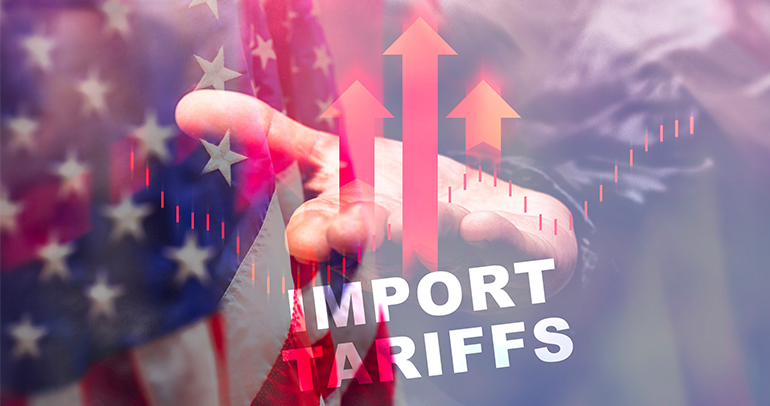
In July, BMW released a new connected service offering in the UK and other markets: heated front seats for £15 a month. Although the automaker has been offering feature subscriptions (such as a heated steering wheel for £10 a month) in its online store for a while, the heated front seats subscription has sparked backlash in the media and among consumers.
Why?
Shifting from Singular to Micro Transactions with Connected Services
As connected technology continues to advance, automakers are increasingly moving toward building software-defined vehicles (SDV), providing over-the-air (OTA) vehicle software updates, and changing business models to bring in annual recurring revenue (ARR). Offering feature subscriptions that bring in monthly revenue is a significant shift from the singular transaction of buying a car that has characterized the automotive industry for more than a century. This newest feature subscription from BMW reflects the profound disruption that is coming with the connected vehicle revolution, which holds the promise of transforming vehicles into connected devices beyond being means of transportation.
But BMW has been talking about, and rolling out, new feature subscriptions for years, serving as one industry example of a traditional OEM transforming existing functionality—that has otherwise been built into the vehicle (if desired) for a fixed price during the design phase or has served as selection criterion for used car buyers—into ARR. However, the debate and criticism that have ensued in response to the monthly heated seat subscription highlight how OEMs cannot simply transform current features and functionality into ARR without clearly explaining why such a service is advantageous for consumers. With the heated seat subscription, many consumers think to themselves: “The feature is already built into the vehicle, so why do I have to pay AGAIN to have it turned on?”
Communicating the Value of Connectivity Services to Consumers
BMW missed the opportunity to build stronger bonds with consumers by communicating the long-term value of such an offer for customers. Instead, the lack of transparency and explanation resulted in consumers reacting negatively because it looks like BMW is now asking customers to pay a recurring monthly fee for a feature that was otherwise built into the vehicle.
There have been similar negative reactions to GM. Since the beginning of June, customers who purchase a new GMC or Buick must also pay $1,500 for an OnStar and Connected Services Premium Plan that is listed as an option but incorporated into the vehicle as a standard feature that cannot be removed. Similar to BMW, this new connected service puzzles and frustrates consumers, who see it primarily as a way for GM to raise prices by mandating customers pay for an option that isn’t really an option when purchasing the car.
Moving consumers to subscription models will take time and education. Transparency will be essential to help consumers adapt to this shifting landscape that is moving from a single transaction to ongoing micro-transactions. This will require OEMs and tech partners to have a deep understanding of consumer needs and values relative to connected vehicle ecosystems. Automakers also need to establish marketing plans and messaging that focus on clearly communicating the rationale and benefits behind new connected service offerings.
Hailing the Rise of Digital Vehicle Personalization
The connected vehicle revolution is ushering in a burgeoning era of digital vehicle personalization, which is akin to the smartphone market today. Consider, for example, when a consumer buys a smartphone. There are only a certain, fixed number of models available for purchase; however, there are hundreds of millions of personalized smartphones in the world because smartphones are designed to make the ease of personalization seamless.
This is the way of the future for connected vehicles—software-defined vehicle functionality and feature subscriptions create a more individualized experience for how people own and use vehicles. It gives consumers the ability to personalize a vehicle beyond the initial build based on the exact functionality a customer wants or doesn’t want at any given moment. Additionally, new features and functionality can continue rolling out via OTA updates to further tailor and improve the user experience as desired in real time. Altogether, this makes for a win-win situation wherein customers are given extreme versatility in how they use and experience vehicles while automakers receive ARR not just from the initial vehicle buyer but from subsequent owners as well.
Delivering Connected Vehicle Value and Remaining Competitive
To stay competitive as the industry continues evolving, automotive players need to:
- Create connected vehicle services that consumers consider beneficial and see value in.
- Clearly explain why connected service subscriptions are valuable for consumers as well as the business itself.
Consumers today are savvy and well-researched and seek authentic brands that communicate with honesty. They are capable of understanding why a company is making business changes to stay relevant and, above all else, provide greater value to its customers—if the brand in question keeps the value for consumers as its North Star and communicates openly.
If you need help identifying what types of connected vehicle services consumers would value, optimizing your product innovation strategy or evaluating your communication plan, our Automotive & Mobility team can help. Click the button below to send us a note today.









